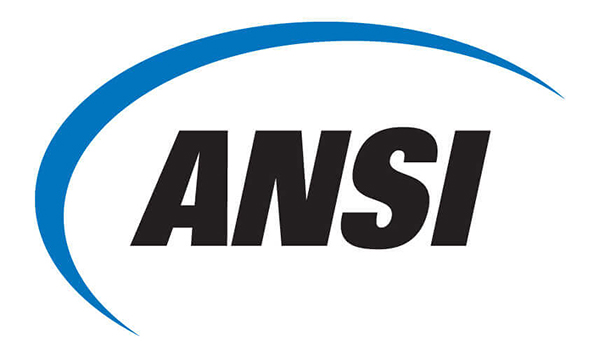ISO 15536-1:2006 provides temperature threshold values for burns that occur when human skin is in contact with a hot solid surface. It also describes methods for the assessment of the risks of burning, when humans could or might touch hot surfaces with their unprotected skin.In addition, ISO 13732-1:2006 gives guidance for cases where it is necessary to specify temperature limit values for hot surfaces, but does not set surface temperature limit values.ISO 13732-1:2006 deals with contact periods of 0,5 s and longer.It is applicable to contact when the surface temperature is essentially maintained during the contact.It is not applicable if a large area of the skin (approximately 10 % or more of the skin of the whole body) can be in contact with the hot surface. Neither does it apply to skin contact of more than 10 % of the head or contact which could result in burns of vital areas of the face.ISO 13732-1:2006 is applicable to the hot surfaces of all kind of objects: equipment, products, buildings, natural objects, etc. It is applicable to hot surfaces of products that may be touched by healthy adults, children, elderly people and also by people with physical disabilities. For the purposes of simplification, it mentions only products; nevertheless, it applies to all other objects as well. It is applicable to products used in any environment, e.g. in the workplace, in the home.It does not provide data for the protection against discomfort or pain.
ISO 13732-1:2008
https://www.iso.org/standard/43558.html





